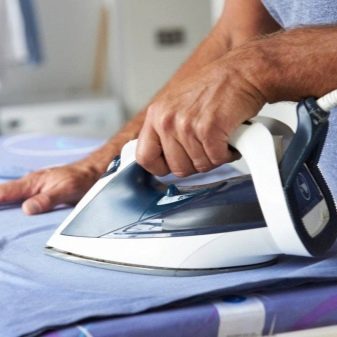All about cupra fabric

Although cupra matter is of artificial origin, in some respects it is in no way inferior to natural fabrics. A beautiful and soft fabric, easy to process, is used to create various kinds of products.

What it is?
Cupra, or cupro, is an unnatural fabric that looks very similar to silk, but contains viscose as a base. The material also contains cuprofibers - copper-ammonia fibers extracted from pure cellulose. The latter, in turn, is obtained chemically from natural raw materials, namely, from wood and cotton.
For the production of cupra, cellulose chips are used, extracted from the wood of various trees and the coconut shell, as well as the fibers that cover the cotton seeds, the so-called tow. Sometimes cotton fluff is also added to the raw materials. The resulting plant parts are dissolved with a mixture of copper sulfate and ammonia, forming a sticky substance of dark color.
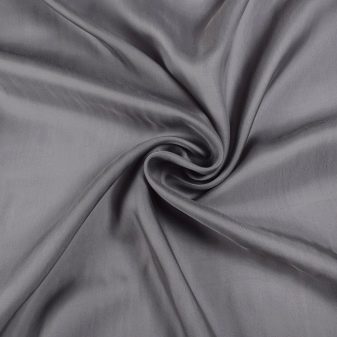

The mass is ground through a filter sieve, at the same time it is exposed to sulfuric acid. This process results in neat transparent fibers with shine, smoothness, small diameter, but considerable length. This technology was mastered back in 1918.
However, today many countries impose a ban on it due to the fact that solutions for processing raw materials are quite toxic, which means that the production of fabric itself is harmful to the environment. An alternative to completely abandoning cupra production is the installation of expensive purification systems and compliance with safety requirements.

The resulting fabric is endowed with a beautiful shine inherent in synthetic fabrics, and also quite satisfactorily absorbs moisture and allows air to pass through. This fabric has an unusual name in honor of the Latin word cupro, which means "copper". The first type of material containing cuprofibre was copper-ammonia silk.

Basic properties
Cupra has many noteworthy characteristics. The very soft canvas is pleasant to touch and does not irritate the skin. As well as materials of natural origin, it has good hygroscopicity, not inferior to cotton, that is, it perfectly absorbs liquid.
The fabric allows air to pass through, warms in cold weather and refreshes on hot days, which allows you to wear such clothes all year round. The elasticity of the cupra allows you to create outfits that fit perfectly on the figure and have beautiful draperies. The material is famous for its good wear resistance, tensile strength and the ability to maintain its appearance for a long time.
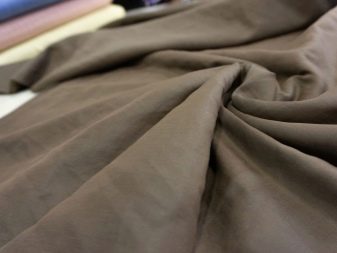

The cuprofibre present in the composition allows things to keep their shape, recover from stretching and not wrinkle at all. After washing, you can not be afraid of shrinkage of the fabric, its shedding or any damage. It is worth mentioning that products painted with a high-quality dye do not fade. Cupra clothing is quite light and thin, and this, in fact, weightlessness is also its advantage. In stores, cuts are presented in a wide range of colors, including bright shades. We must not forget about the aesthetic appearance of smooth shiny canvases, the noble shine of which makes them truly luxurious.

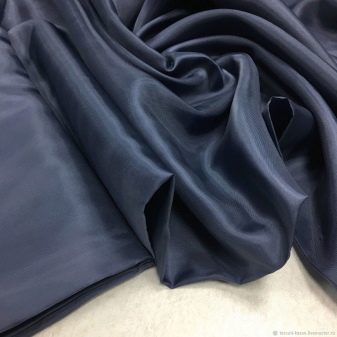
However, the material of artificial origin has some disadvantages. Thus, the strength and elasticity of garments almost completely disappear after getting wet. From this we can conclude that clothes have to be taken care of in a certain way - they have to be taken to dry cleaning or at least washed in a delicate mode. However, after drying, all lost properties are restored.
If, in addition to cuprofibers, viscose is present in the composition, then over time the surface begins to be covered with pellets. Finally, this material cannot be called environmentally friendly in any way, and its cost may seem overpriced.

Cuprofiber fabrics
As a rule, cuprofibre is used as a supplement to viscose. The fabric obtained as a result of their connection becomes more durable and elastic, and the finished garment acquires a flying silhouette. The addition of copper-ammonia fibers to cotton or acetate makes it possible to create a beautiful, hygienic and virtually wrinkle-free lining.
Cupra, which contains wool, is ideal for sewing a business wardrobe: suits, jackets, coats and trousers. Depending on the technology chosen, this fabric is called boucle, jacquard or tweed. It is customary to choose a similar combination of components for the manufacture of high-end home textiles.


Cupra is often supplemented with dilon - special fibers, the presence of which has a beneficial effect on the wear resistance and elasticity of matter. The varieties of this fabric, in addition to the above, include satin, brocade, velor and knitwear. Cropped thread can be added to taffeta, silk and even cotton with linen.
Depending on the composition, the surface of such cuts of chemical origin is covered with villi, remains absolutely smooth or takes on a relief.
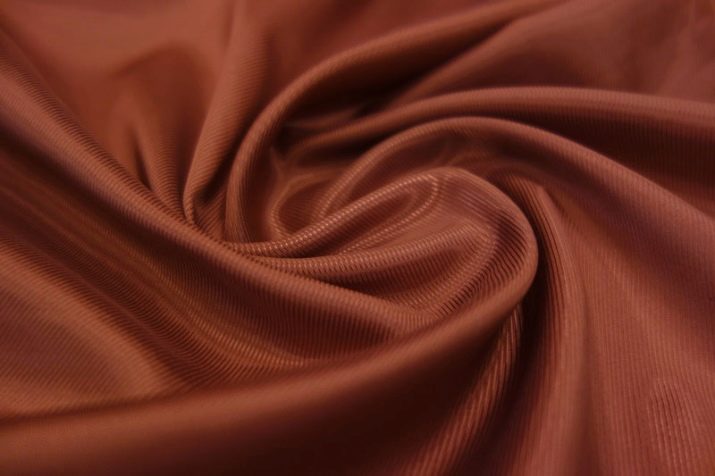
Application
In general, the use of cupra is limited to three areas: clothing and lining, home textiles and furniture upholstery. Summer wardrobe items are most often created from soft and light material: skirts, dresses, sundresses and blouses. It is used as a lining fabric when sewing demi-season coats, jackets, vests. She shows herself very well in this "role", as she does not wrinkle and does not lose shape.For example, such a giant of the fashion world as Dolce & Gabbana is engaged in the production of jacquard lining cupra.


Such fabric has the ability to permeate air molecules and a plastic structure, and even surpasses silk in these indicators. The diagonal type of fiber connection ensures wear resistance of the fabric and long-term operation.
Cupra can also be useful for decorating a space: it makes excellent curtains, capes and covers for armchairs and sofas. In principle, it is also suitable for upholstering furniture, as well as sewing decorative pillows and creating carpets.


Recently, the material has been increasingly used by top designers to create sophisticated evening looks.
Care rules
Items made from this unusual material require special care. They are turned inside out before washing, and all buttons, zippers and fasteners are carefully fastened. This step will prevent the appearance of puffs or holes, because a wet cupra rapidly loses its strength. By the way, it has to be immersed in a washing machine separately from synthetics and natural fabrics.
The temperature in the machine is set at the level of 30-40 degrees, and the program must be selected "Delicate wash" or "Silk". Spinning is performed only at minimum speed. If hand wash is chosen for the product, then it should be done with caution: do not twist, do not rub with a brush, do not soak if there are prints.

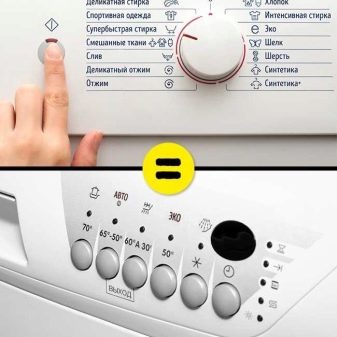
In both cases, only liquid non-aggressive agents from trusted manufacturers are suitable for the material, which rinse well. The use of chlorine-containing compounds and bleaches is strictly not allowed. If curtains, furniture capes or covers are made of cupra, then often they should not be washed at all. - it will be enough to shake out, vacuum and ventilate in the fresh air from time to time.

For plain curtains, the option with soaking in a solution of detergent and subsequent rinses in water at room temperature for 2-3 times is also suitable. Carpets and expensive wardrobe items are always recommended to be dry-cleaned.
Things with cuprofibre should be dried naturally in a space protected from direct sunlight and exposure to heating appliances. Before placing the thing on the rope, it should be straightened. A tumble dryer is not suitable for delicate fabrics. Ironing should be carried out without steam, otherwise the structure of the canvas will be damaged, and the surface will be covered with non-fading stains.
Iron things from the wrong side, at a minimum temperature and only after drying. For greater safety, it makes sense to use wet gauze and select the "silk" program. It is customary to store cupra clothes folded. You should not hang outfits on a hanger, otherwise after a while they will stretch out.

